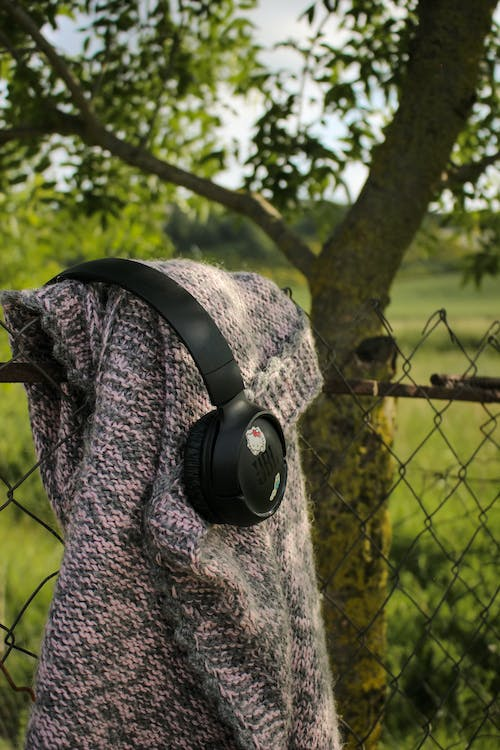The Unseen Cost of Fast Fashion: Exposing the Environmental Impact
Hello, eco-conscious fashionistas and environmentalists! Today's issue is one near to our hearts: the environmental consequences of quick fashion. While stylish, low-priced clothing may appear to be a wardrobe dream come true, the actual cost concealed beneath those elegant designs is far too high to overlook. Join me as we negotiate the less-than-glamorous side of quick fashion and look for sustainable solutions that combine style and conscience.
The Fast Fashion Trend
Fast fashion has swept the globe by storm, changing the way we think about clothes. It entices us to regularly change our clothes to stay on-trend, thanks to lightning-fast manufacturing and dirt-cheap rates. But here's the catch: this fast pace has serious environmental repercussions.
Water Problems and Chemical Panic
Did you know that a single cotton t-shirt requires over 2,700 gallons of water to produce? Cotton farming's water-intensive nature, along with the harmful chemicals used in fabric dyeing and treatment, causes significant contamination of water bodies, putting ecosystems and populations at risk.
Polyester's Demise
Polyester, a popular synthetic fabric, reigns supreme in fast fashion because to its low cost and adaptability. However, this petroleum-based material does not biodegrade quickly, and washing polyester clothes generates microplastics that wind up in our seas, endangering marine life.
Overflowing Landfills
Fast fashion is defined by the quick disposal of low-quality clothing. As we chase the newest fads, landfills have the daunting job of housing the rising volume of textile waste. Clothing decomposes slowly in this environment, generating greenhouse gases that accelerate climate change.
Exploitation of Human Beings
The environmental effect of rapid fashion isn't the only issue to be concerned about. Profiteering relentlessly in the sector frequently comes at the price of employee rights. Sweatshops and exploitative labor practices are common, and many people work in hazardous situations for pitiful salaries.
Solutions for Long-Term Fashion
Be cheerful! There is some good news. Adopting sustainable fashion methods gives us the ability to effect good change. Here are some environmentally responsible measures we may take without losing style:
- Thrift and vintage shopping: Visit thrift stores and vintage shops to find one-of-a-kind, pre-loved treasures while helping to reduce demand for new clothing.
- Quality above quantity: Choose well-made, sturdy objects that will last a long time and are less likely to wind up in landfills.
- Support eco-conscious fashion firms that stress sustainability, ethical production, and environmentally favorable materials.
- Clothing Swaps: Hold clothing swaps with friends or in your community to exchange clothes in a fun and sustainable way.
Conclusion
Fashion has the ability to make a statement not only about appearance but also about the ideals we hold dear. The environmental effect of rapid fashion is evident, but by working together, we can reinvent fashion's position in a greener society. We can look gorgeous while caring for our world and the people who live it by making careful decisions and embracing sustainable practices.
So, let us go on a journey where fashion becomes a catalyst for positive change - where style meets sustainability and conscientious choices build a better, more vibrant future for all! Remember that a fashion-forward mentality can be both stylish and eco-friendly - let's make our fashion choices reflect our love for the earth! 🌎💚





Comments
Post a Comment